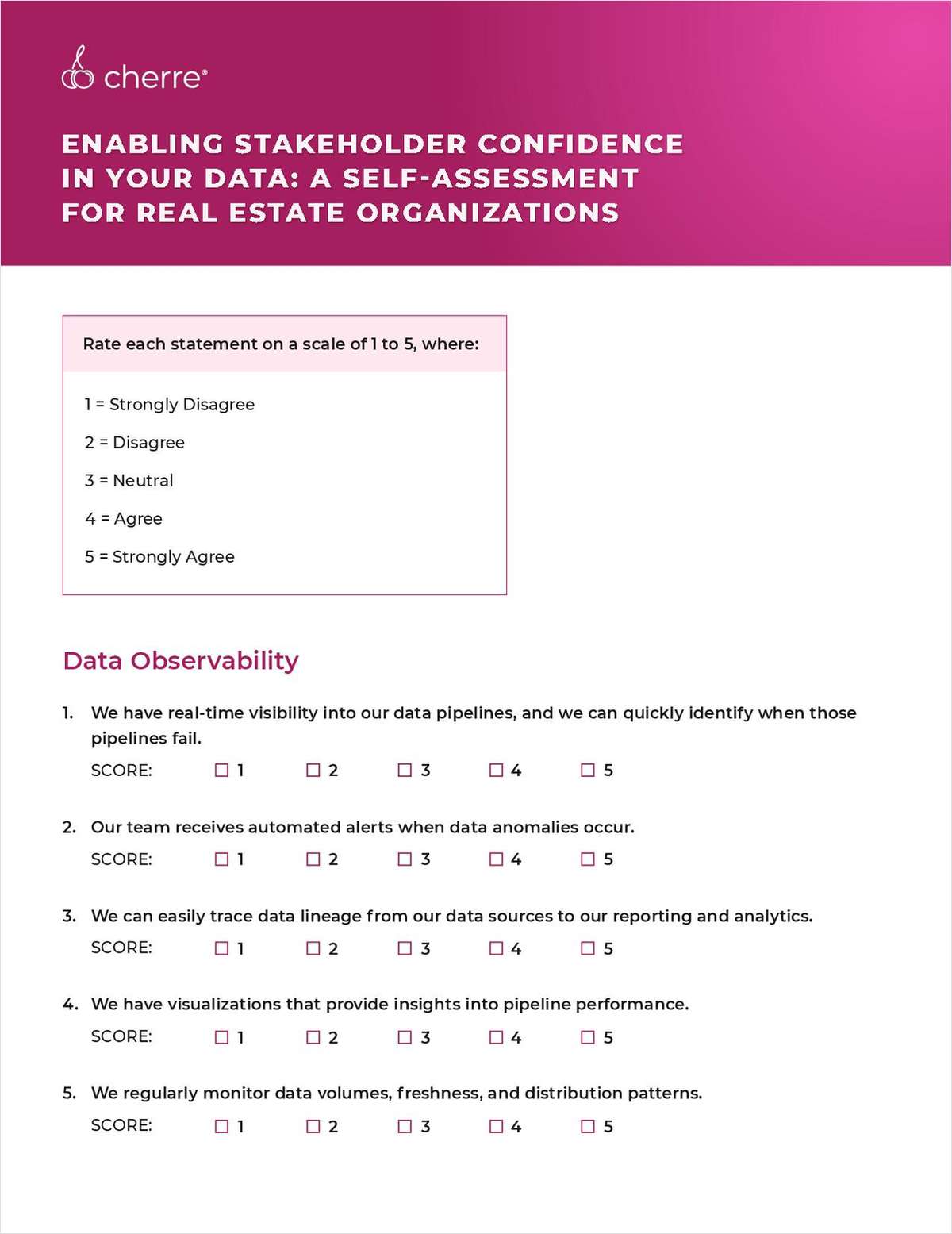- It will be interesting to see how the strategies of “pure play” online retailers change, writes Chris Roach.
DALLAS—Reports about the effects of e-commerce on commercial real estate usually point to decreased demand for traditional retail space and increased demand for warehouse space near major population centers. As of January, industrial vacancy rates nationwide had dropped for the 27th consecutive quarter. A sizable percentage of new warehouse space is being built on speculation. Industrial real estate has emerged as the preferred asset type among domestic and foreign investors.
Investors and developers clearly have faith in the industrial sector. With e-commerce expected to see double-digit growth and drive demand through 2020, their confidence is well-placed. But the headlines about e-commerce and industrial real estate don't tell the whole story.
E-commerce needs—including two-day, next-day and even same-day delivery—affect the location and size of industrial properties. As opposed to centrally located distribution centers, e-fulfillment centers need to be close to major population centers and the end consumer. Therefore, all eyes are focused on industrial demand in top-tier markets like Los Angeles, Chicago, Dallas and Central New Jersey. But major e-commerce deals are also spiking in secondary and Midwest markets, including Pennsylvania's Lehigh Valley, St. Louis, Indianapolis and Cincinnati. Net absorption in these smaller markets is, in fact, growing at a faster clip.
E-commerce is ever-evolving alongside multichannel and omnichannel retailing, which aims to provide a seamless shopping experience across brick-and-mortar stores and a variety of digital channels. As part of that experience, consumers can order products online at Target.com, for example, and then pick them up at their local store. As major retailers discover that in-store pickups are central to both e-commerce and store sales growth, the retail sector may evolve somehow to reflect that.
It will be interesting to see how the strategies of “pure play” online retailers change in the next few years. In a surprising twist, it seems that major players like Amazon and Warby Parker have already determined that they cannot get by without bricks and mortar and have opened physical stores to enliven their brand and supplement online sales. It was prophesied in 2015 that “stores are the new black in the world of e-commerce”and the pure play e-commerce model may have sustainability problems.
International players like Alibaba and Wish (which is based in San Francisco but acts as an international online market) are further complicating the supply chain, which might ultimately affect commercial real estate. Automation is another potential game changer. Amazon's use of “robot warehouses” has shown that they can carry and process more inventory in smaller spaces.
How e-commerce facilities of the future might appear and function is unclear, but changing e-commerce needs will again affect the location, type and size of real estate sought. This is only the beginning.
Chris Roach is CEO of BBG, a national commercial real-estate valuation, advisory and assessment firm. The views expressed here are the author's own.
- It will be interesting to see how the strategies of “pure play” online retailers change, writes Chris Roach.
DALLAS—Reports about the effects of e-commerce on commercial real estate usually point to decreased demand for traditional retail space and increased demand for warehouse space near major population centers. As of January, industrial vacancy rates nationwide had dropped for the 27th consecutive quarter. A sizable percentage of new warehouse space is being built on speculation. Industrial real estate has emerged as the preferred asset type among domestic and foreign investors.
Investors and developers clearly have faith in the industrial sector. With e-commerce expected to see double-digit growth and drive demand through 2020, their confidence is well-placed. But the headlines about e-commerce and industrial real estate don't tell the whole story.
E-commerce needs—including two-day, next-day and even same-day delivery—affect the location and size of industrial properties. As opposed to centrally located distribution centers, e-fulfillment centers need to be close to major population centers and the end consumer. Therefore, all eyes are focused on industrial demand in top-tier markets like Los Angeles, Chicago, Dallas and Central New Jersey. But major e-commerce deals are also spiking in secondary and Midwest markets, including Pennsylvania's Lehigh Valley, St. Louis, Indianapolis and Cincinnati. Net absorption in these smaller markets is, in fact, growing at a faster clip.
E-commerce is ever-evolving alongside multichannel and omnichannel retailing, which aims to provide a seamless shopping experience across brick-and-mortar stores and a variety of digital channels. As part of that experience, consumers can order products online at Target.com, for example, and then pick them up at their local store. As major retailers discover that in-store pickups are central to both e-commerce and store sales growth, the retail sector may evolve somehow to reflect that.
It will be interesting to see how the strategies of “pure play” online retailers change in the next few years. In a surprising twist, it seems that major players like Amazon and Warby Parker have already determined that they cannot get by without bricks and mortar and have opened physical stores to enliven their brand and supplement online sales. It was prophesied in 2015 that “stores are the new black in the world of e-commerce”and the pure play e-commerce model may have sustainability problems.
International players like Alibaba and Wish (which is based in San Francisco but acts as an international online market) are further complicating the supply chain, which might ultimately affect commercial real estate. Automation is another potential game changer. Amazon's use of “robot warehouses” has shown that they can carry and process more inventory in smaller spaces.
How e-commerce facilities of the future might appear and function is unclear, but changing e-commerce needs will again affect the location, type and size of real estate sought. This is only the beginning.
Chris Roach is CEO of BBG, a national commercial real-estate valuation, advisory and assessment firm. The views expressed here are the author's own.
Want to continue reading?
Become a Free ALM Digital Reader.
Once you are an ALM Digital Member, you’ll receive:
- Breaking commercial real estate news and analysis, on-site and via our newsletters and custom alerts
- Educational webcasts, white papers, and ebooks from industry thought leaders
- Critical coverage of the property casualty insurance and financial advisory markets on our other ALM sites, PropertyCasualty360 and ThinkAdvisor
Already have an account? Sign In Now
*May exclude premium content© 2024 ALM Global, LLC, All Rights Reserved. Request academic re-use from www.copyright.com. All other uses, submit a request to [email protected]. For more information visit Asset & Logo Licensing.









